Recent Pages: 1, 2, 3, 4, 5, 6, 7, 8, 9, 10, 11, 12, 13, 14, 15, 16, 17, 18, 19, 20,21,22, 23, 24, 25, 26, 27,
Autumn Morning in the Park
Laurelhurst Park in Portland, OR.
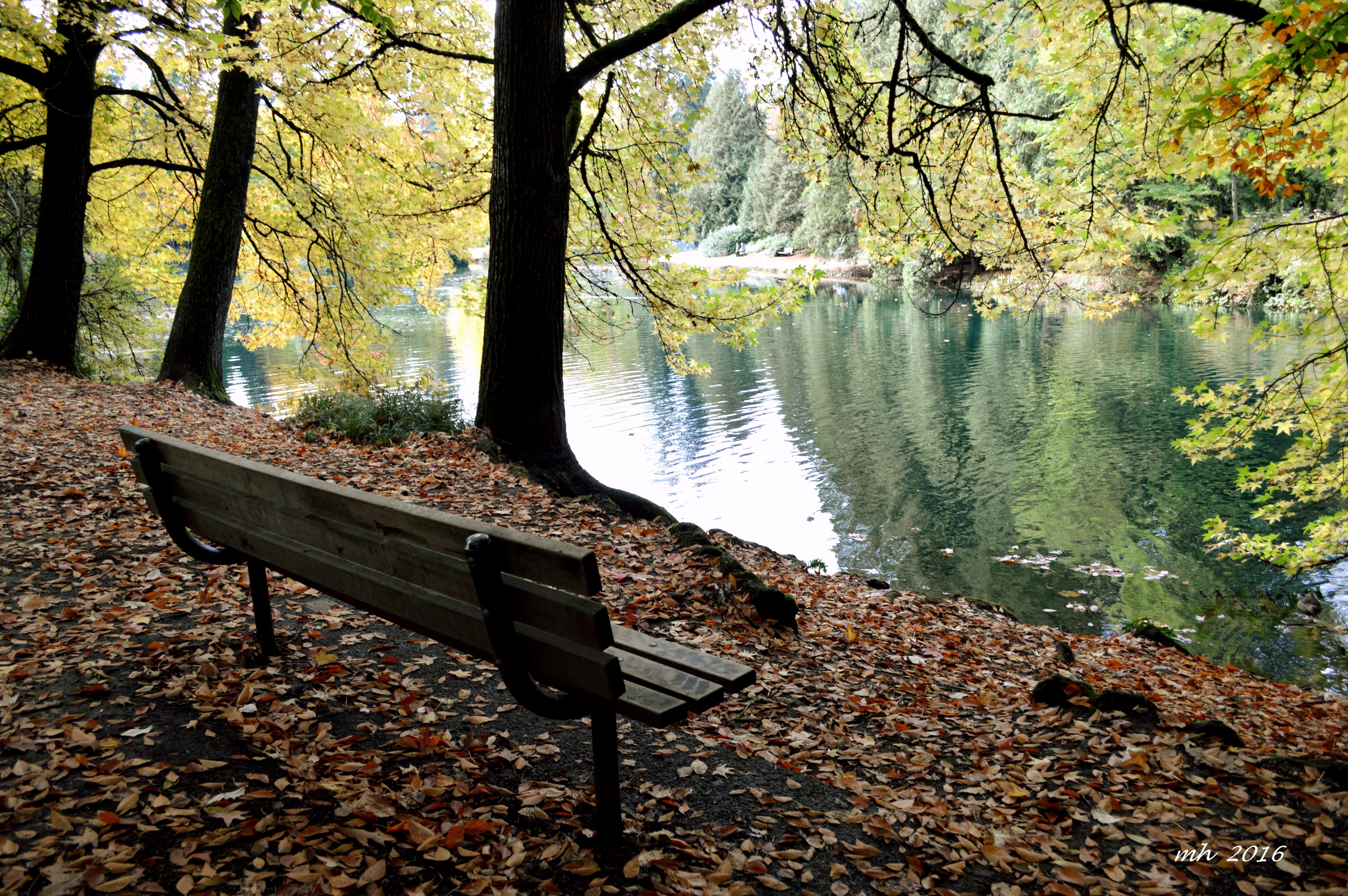
Charming and quiet, the one-hundred-year-old neighborhood of Laurelhurst, established in 1909, is just a ten-minute drive to downtown Portland. Perfect for reading, strumming a guitar, or just watching the world go by.
With a 97% satisfaction rating of “good” or “very good” from residents and an active and involved Laurelhurst Neighborhood Association dedicated to ideas such as Land Use, Transportation, Traffic, Trees, Safety, Garage Sale, Friends of the Laurelhurst Park, Bike, Clean-up, Environment, and Community Safety, neighbors here love their hood.
Thirty-one acres of bucolic shade, including lush grassy areas, a duck pond, walking trails, basketball court, soccer field, tennis courts, playground, and an off-leash area for dogs, Laurelhurst Park’s natural setting is a magnet, pulling the neighborhood together. The first city park ever to be listed on the National Register of Historic Places, Laurelhurst Park is the focus of neighborhood activity and a great place to take the kids.
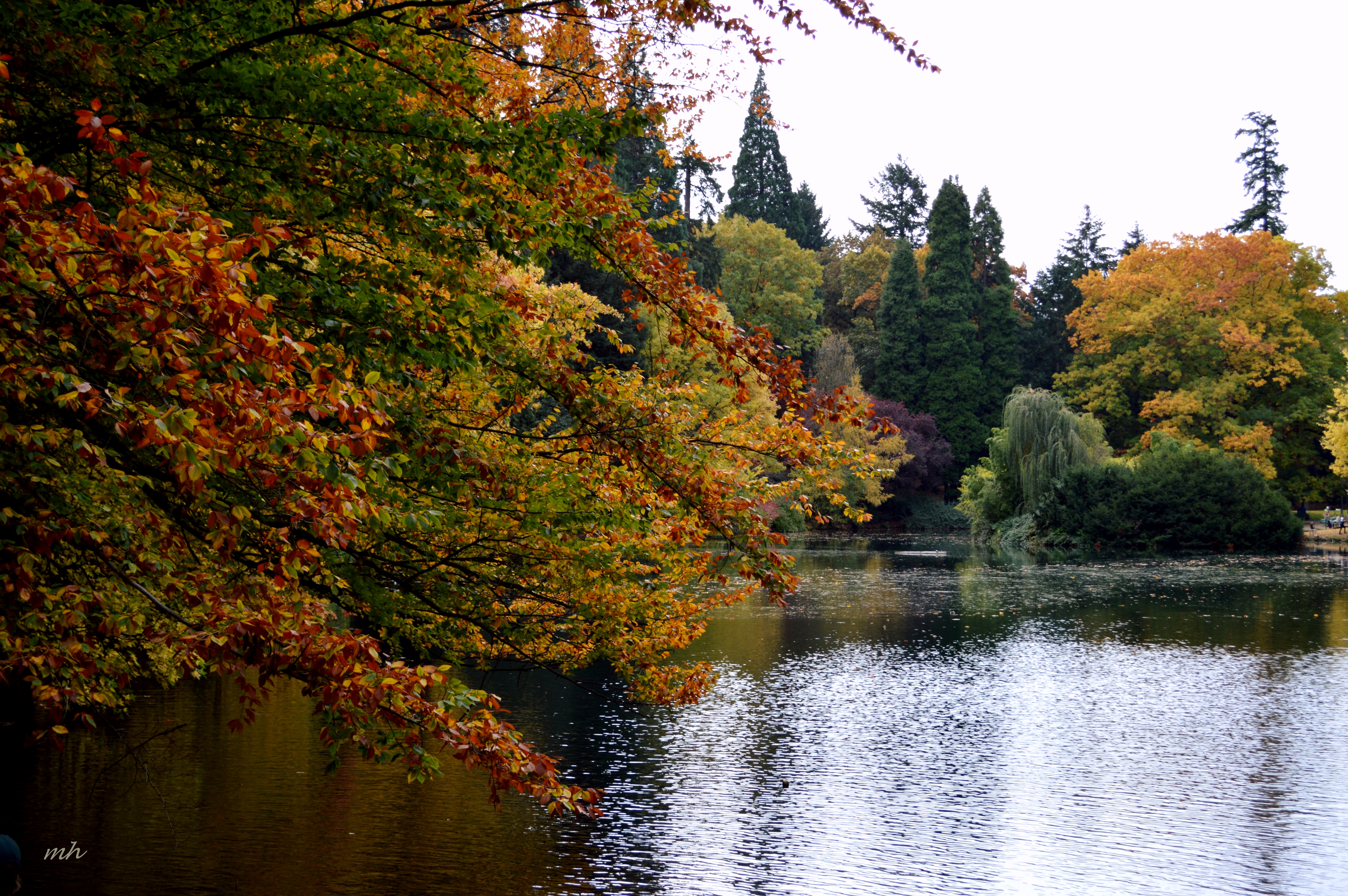
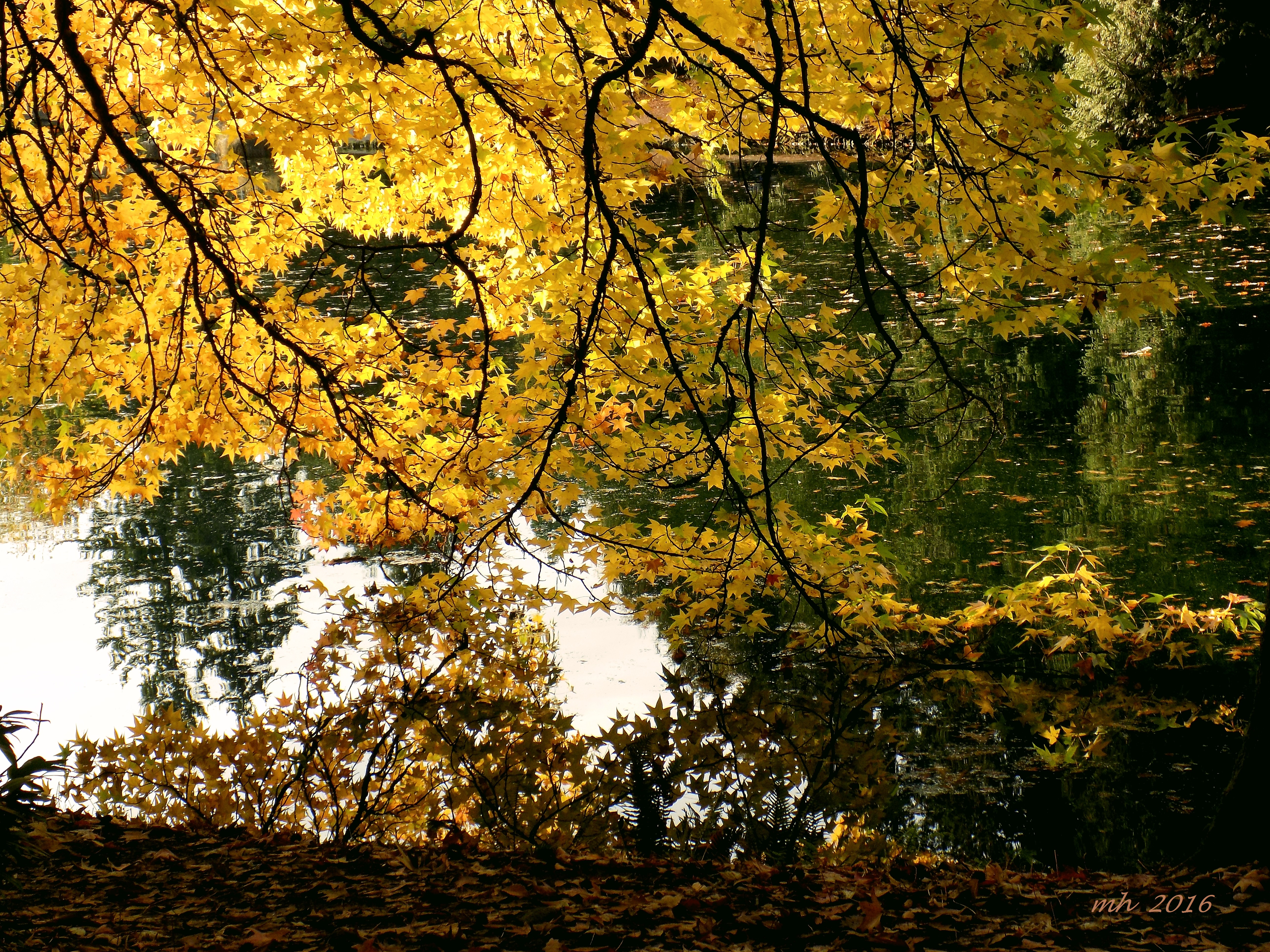
Maple branches touching the surface of lake in Laurelhurst Park

Golden autumn Linde, Linden trees in Portland’s Laurelhurst Park turn to autumn gold in Autumn season.
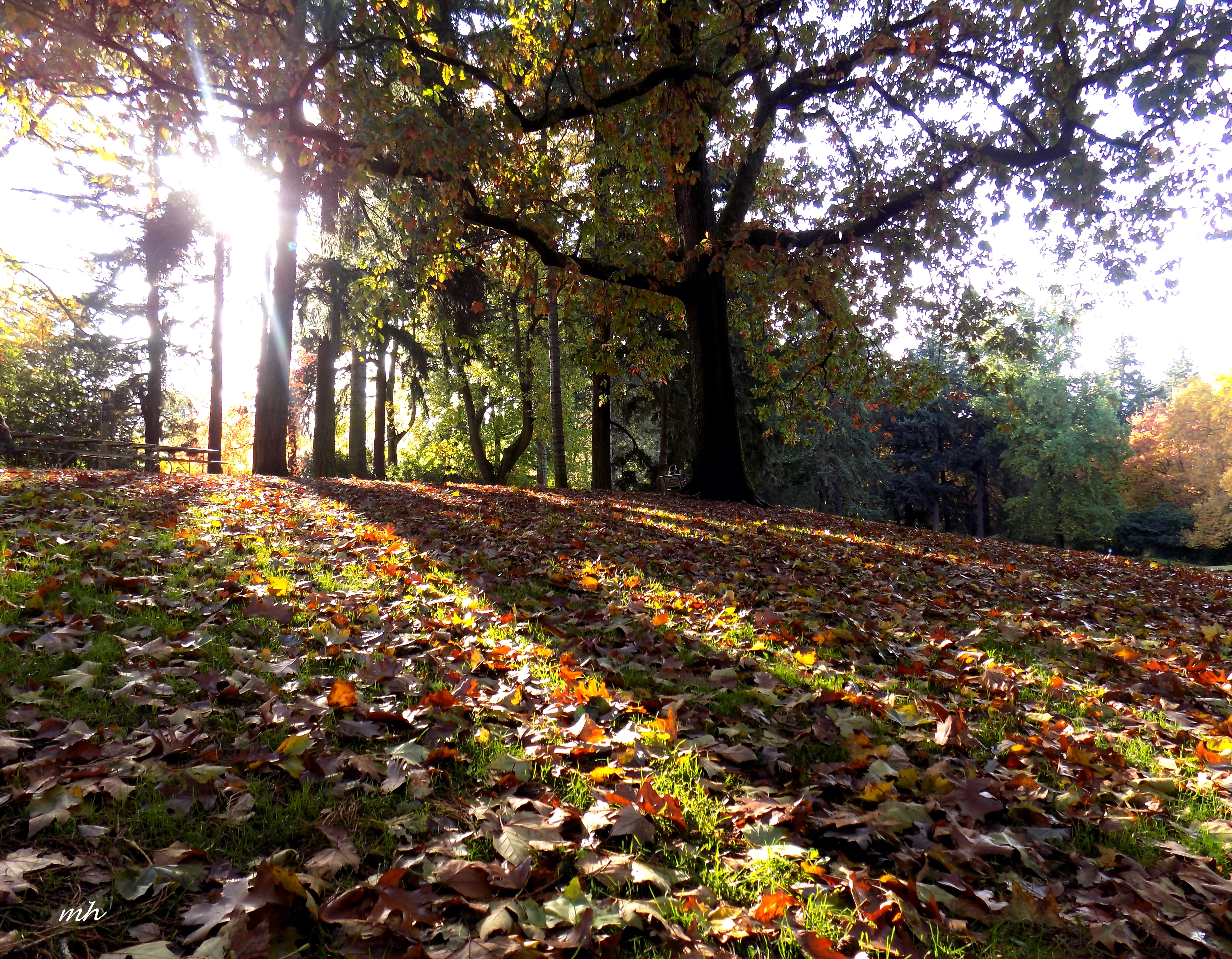
The leaves cover the grass through Laurelhurst Park one autumn morning .
.

Island in a lake at Laurelhurst Park
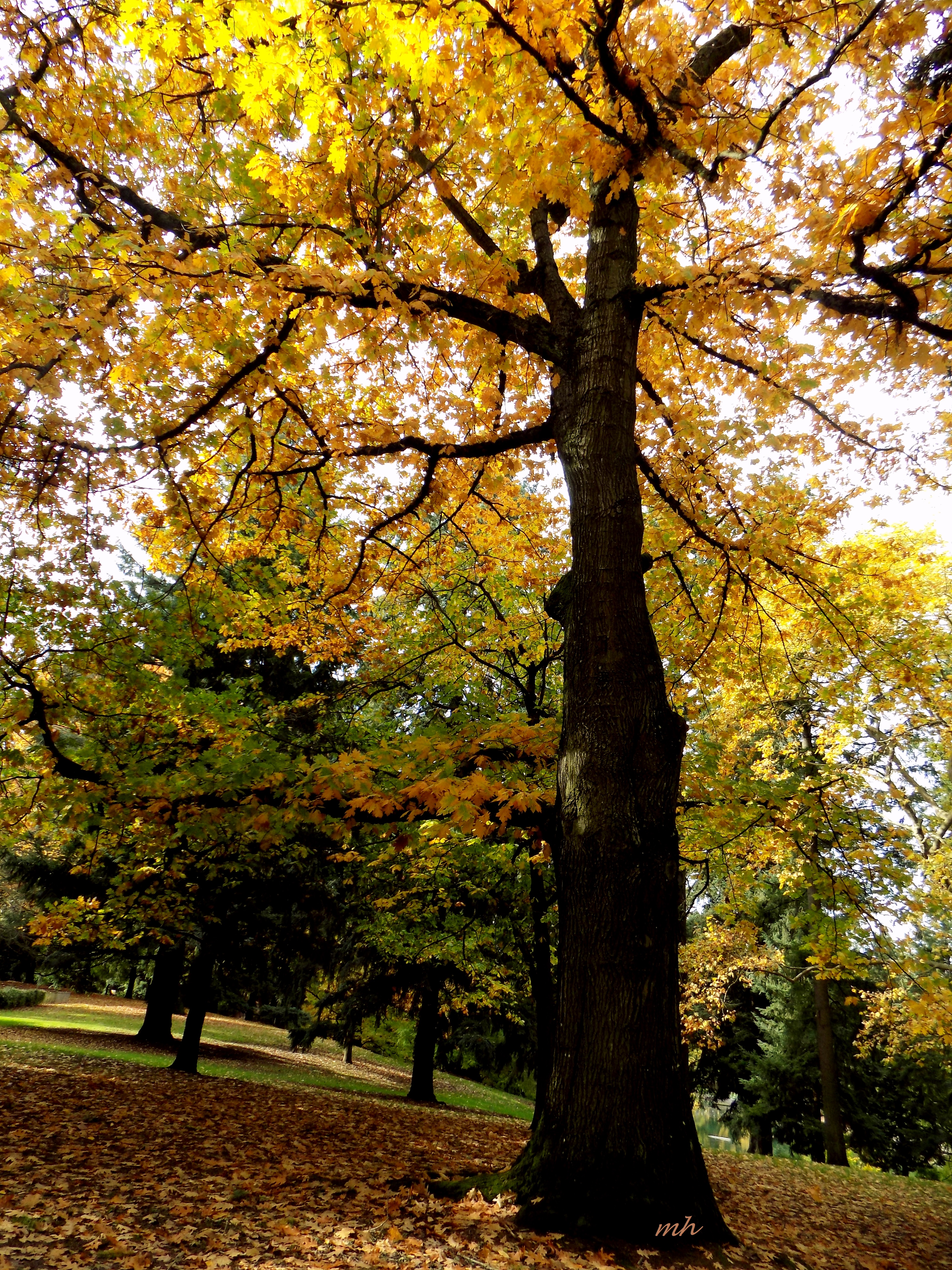
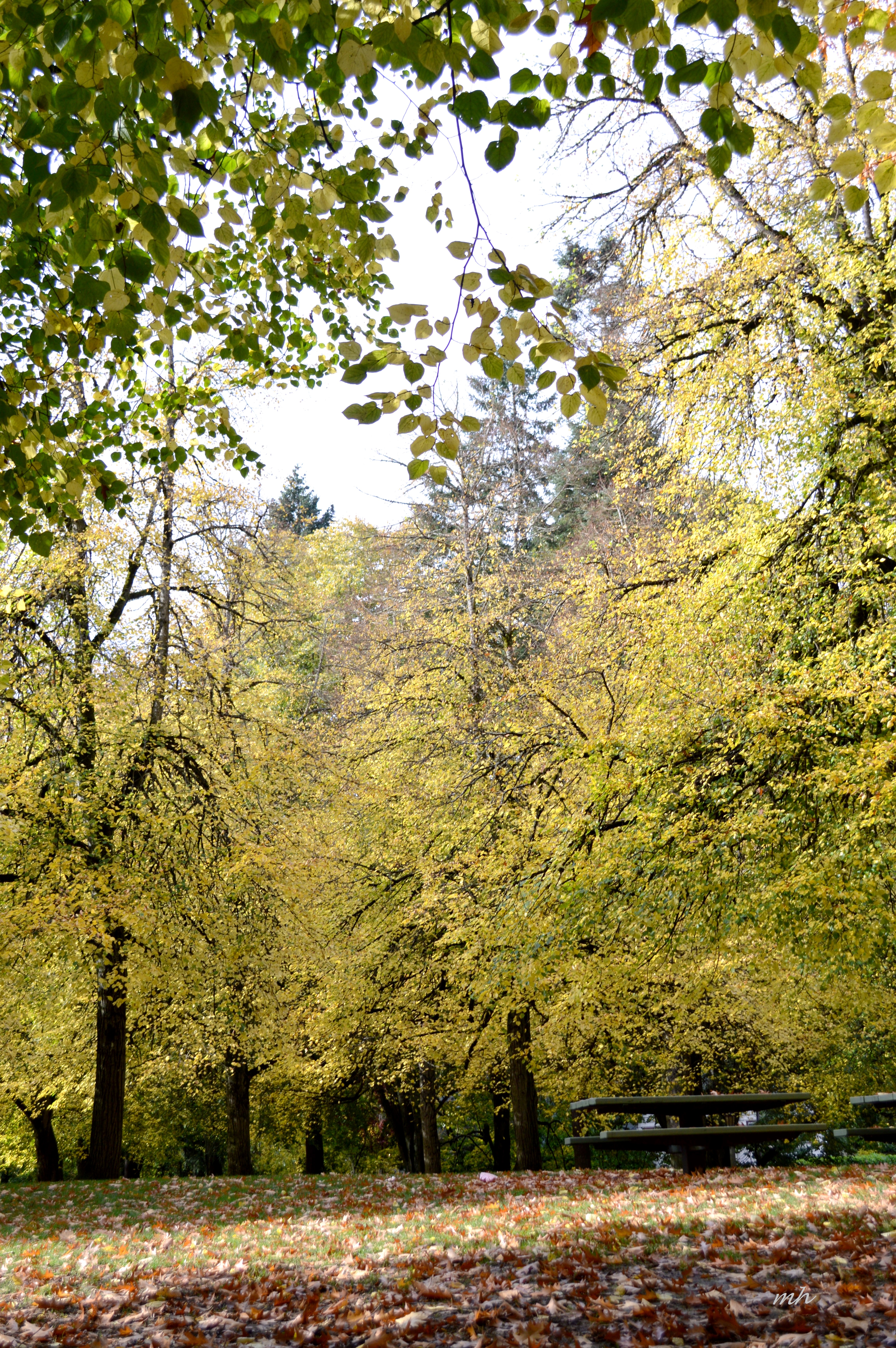

Oct. 31 is still one week away…..
.
History of Portland’s Laurelhurst Park
In 1909, the land that is now Laurelhurst Park was purchased from the estate of William S. Ladd, who developed Ladd’s Addition and twice was mayor of Portland. Ladd named his 486-acre parcel Hazel Fern Farm, after the name of one of the streets in the area. Here Ladd developed one of the most prestigious stock farms in the West. In fact, his purebred Jersey cattle probably laid the foundation for Oregon’s future livestock industry. As East Portland developed, Ladd’s tract of land became too valuable for agricultural use. Ladd sold his land for over $1,000,000 to the Laurelhurst Company around the turn of the century.
A spring-fed pond on the property had always been a favorite watering hole for cattle, as well as a favorite swimming hole for both children and adults. In 1911, seeing the potential for a park as part of the Olmsted Plan, the City of Portland bought 30 of the acres, including the pond.

In 1912, Emanuel Mische, Portland’s park superintendent from 1908-1914, designed the park based on his experience as the longtime horticultural expert for the Olmsted Brothers landscape architecture firm. Inspired by the Olmstedian ‘natural’ landscaping approach, his plan included several distinct sections – the concert grove, Firwood Lake, children’s lawn, plateau and broad meadows, picnic grove, and Rhododendron Hill. Workers were hired to deepen the pond into a 3-acre lake. A ‘play park’ was developed between Oak and Stark Streets. The boys were to play on the south side, the girls on the north side, and general games were to be held in the eastern block. The park’s comfort station building was added in 1914 and a series of paths and sidewalks were lit by electric lights in 1915.
Laurelhurst Park is a perfect example of the City Beautiful Movement in landscaping. In 1919, the park was named the most beautiful park on the west coast by the Pacific Coast Parks Association. Thanks to the efforts of the Portland Historical Landmarks Commission, in February 2001 Laurelhurst Park was named to the National Register of Historic Places, the first city park ever listed on the national register.
For years, the Rose Festival Queen’s Coronation took place in the Laurelhurst Park pond on floating boats and decorated rafts. The event drew thousands of onlookers who were attracted to the music, dancing, and pageantry. In the 1950s, Easter Sunrise Services were held, drawing thousands of people.
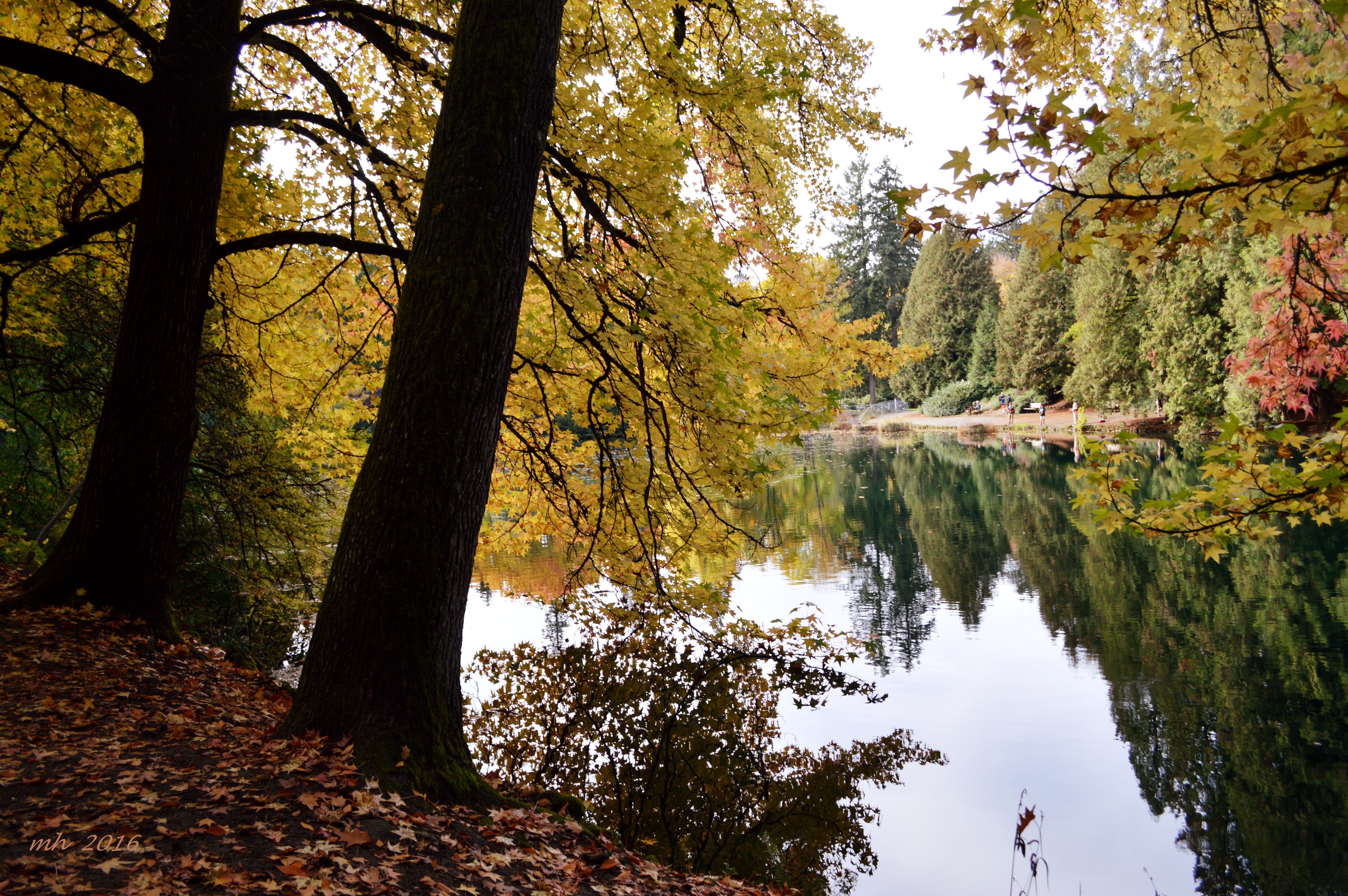
In the park’s early years, the pond was patrolled by a white swan named General Pershing (for his militant attitude). He forbade anyone to approach the edge of the lakeshore. In later years a black-beaked, black-toed swan named Big Boy was lake marshall. A man, known only as Mr. Martinson, fed Big Boy every day for 15 years. Mr. Martinson taught Big Boy to nod his head and honk “Hello!” (Source: The City of Portland, OR. )


